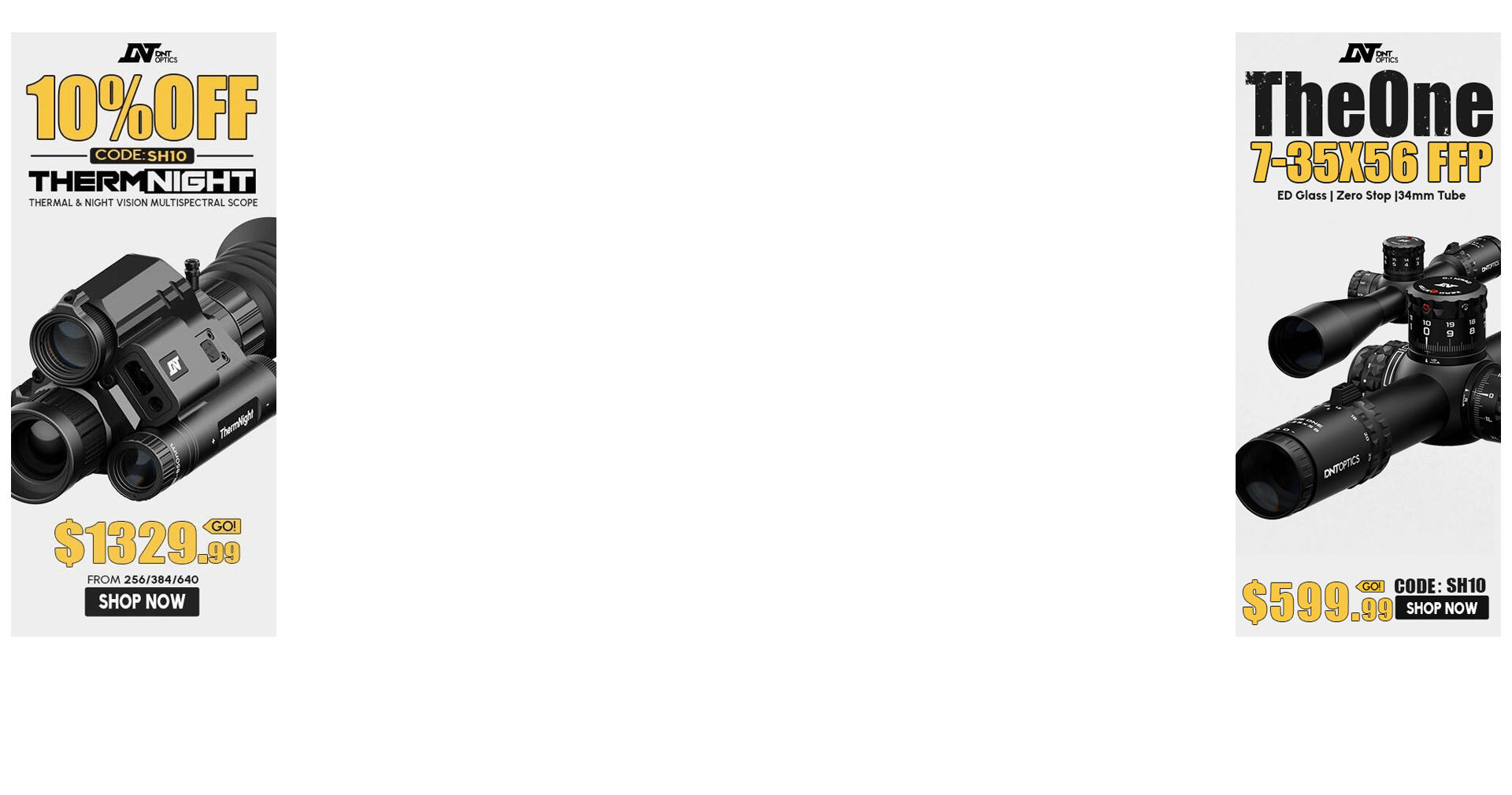If you're wanting to spot misses at distance, you need a spotter capable of 'seeing' that far. However, you may not be seeing the trace because you may not have the spotter set up properly.
Try this with your spotter (I am assuming you have one):
- Set the spotter as much in line with the gun that is shooting as possible (behind it, not next to it)
- Get on target but don't try to zoom in on just that spot, keep a decent area in view for misses and seeing environmental factors. Also remember, the higher the mag, the more mirage you'll get in view.
- Once on your target, and you're lined up where you want it on the spotter's reticle (if you have one) focus the focus adjustment NOT on the target, but on something about 60-70% of the way to the target
Now you should see the trace. If you don't, its either because the mirage is basically obscuring it (not too common on higher end glass), you're not focused properly, or your glass has shit resolution/clarity.
At 900 yards you're not going to see shit with 10x binoculars that will allow you to accurately call any correction or adjustment. Sure, you can, but why make this way harder than it needs to be? At that point you might as well just spot through another optic on a second gun.
As far as needing a Kestrel, well, 2 different things. Do you want to spot and adjust for misses or do you want to get enviromental data to set up your shots? Kind of like asking if you should get a better engine or a better suspension on a car.


